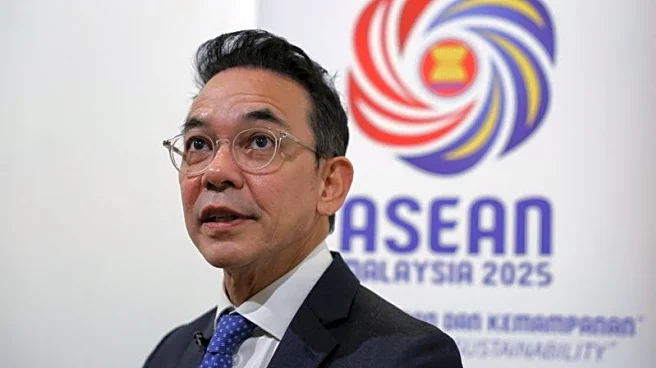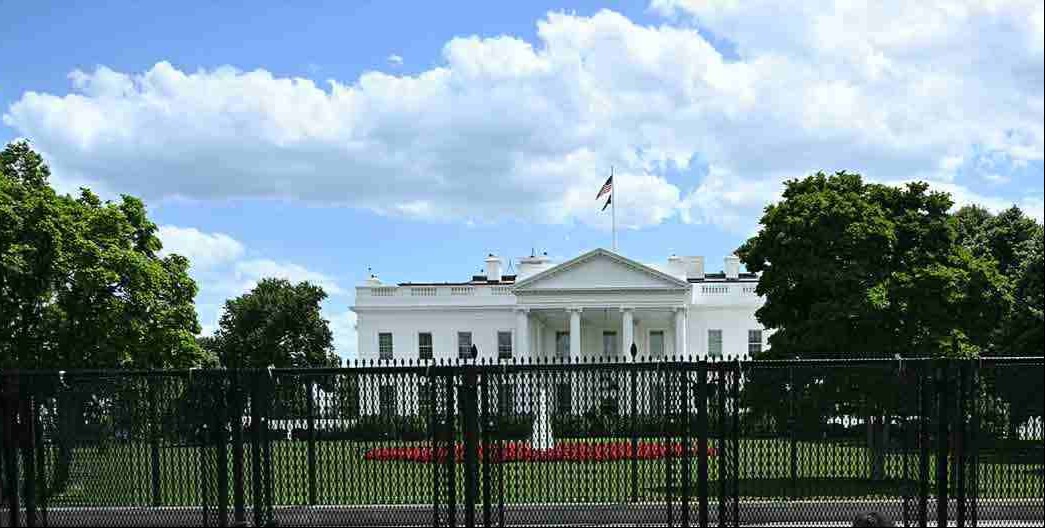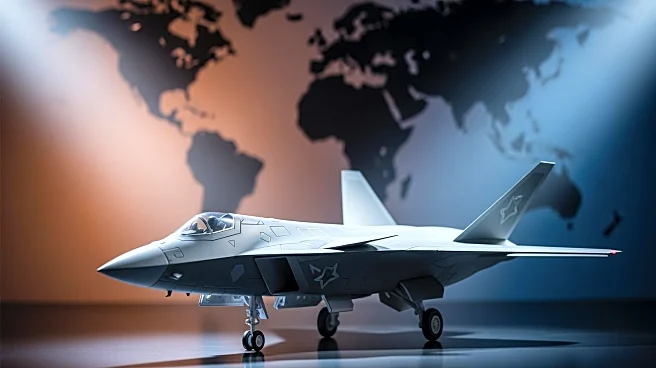What's Happening?
India's goods trade deficit reached a record high of $41.7 billion in October, driven by a surge in gold imports and the impact of U.S. tariffs. The deficit exceeded previous estimates and was significantly higher than the previous record of $37.8 billion in November
2024. Gold imports rose nearly 200% compared to the previous year, largely due to festive season demand. Concurrently, India's exports to the U.S. fell for the second consecutive month following the implementation of 50% tariffs by the U.S. at the end of August. Exports to the U.S. decreased by 8.5% year-on-year in October, totaling $6.3 billion. Despite this decline, the U.S. remains India's largest export destination, accounting for $52 billion in shipments during the first seven months of the fiscal year.
Why It's Important?
The tariffs imposed by President Trump have significant implications for both the U.S. and Indian economies. For India, the increased trade deficit and reduced exports to the U.S. could lead to a widening current account deficit, projected to reach 2.4-2.5% of GDP in the third quarter of the fiscal year ending March 2026. This could impact India's economic stability and growth prospects. For the U.S., the tariffs may affect the availability and pricing of imported goods, potentially leading to higher costs for American consumers and businesses. The ongoing trade negotiations between the U.S. and India are crucial, as they could lead to adjustments in tariffs and trade policies that might alleviate some of these economic pressures.
What's Next?
Trade negotiations between the U.S. and India have been ongoing, with both sides showing signs of softening their stances. President Trump has hinted at the possibility of reducing tariffs on India, which could lead to a more favorable trade environment. India has been increasing its purchases of oil, gas, and farm products from the U.S. to reduce its trade surplus with Washington. These efforts may pave the way for a potential trade agreement that could benefit both countries by stabilizing trade relations and reducing economic tensions.
Beyond the Headlines
The tariffs and trade deficit highlight broader issues in international trade relations and economic policy. The situation underscores the complexities of balancing domestic economic interests with international trade partnerships. It also raises questions about the long-term impact of protectionist policies on global trade dynamics and economic growth. As countries navigate these challenges, the role of diplomacy and strategic economic planning becomes increasingly important.














